Most snake encounters end badly for the wrong creature.
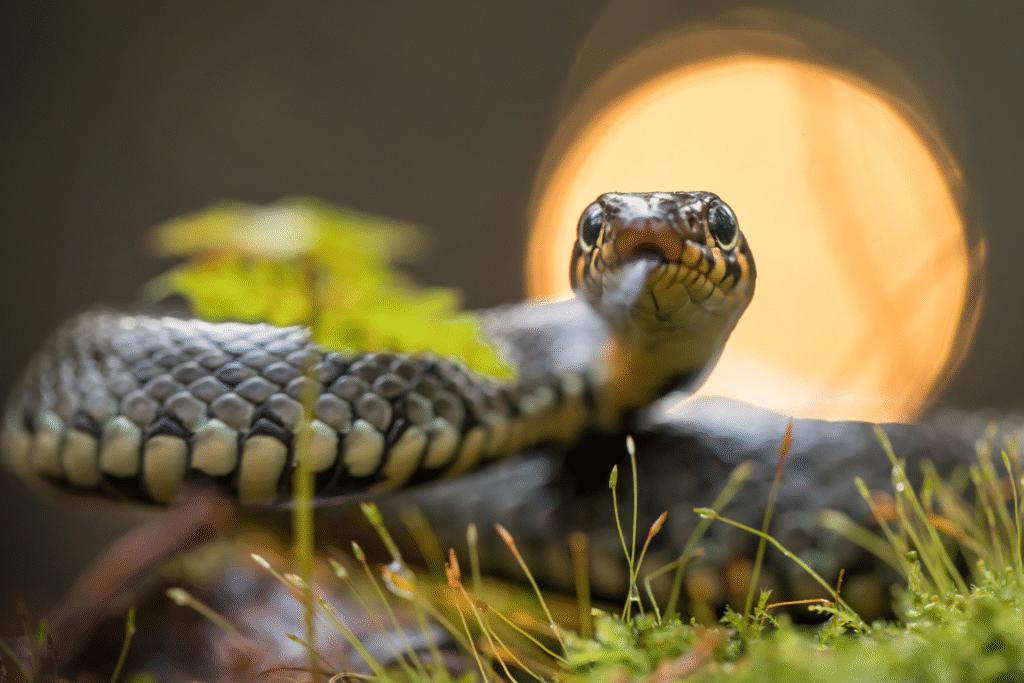
That slithering shape in your garden triggers an instant panic response in most people, leading to rash decisions that harm both humans and wildlife. Snakes provoke disproportionate fear compared to the actual danger they pose, with the vast majority of species being completely harmless to people. Yet thousands of snakes die needlessly each year at the hands of frightened homeowners wielding shovels, hoes, or worse. Understanding why these reptiles deserve protection rather than persecution can transform your relationship with these misunderstood creatures. Beyond ethical considerations, practical reasons exist for letting snakes live, including ecosystem benefits that directly improve your property. Learning to coexist with snakes requires shifting perspective from fear-based reactions to informed responses that keep both you and the snake safe.
1. Most bites happen during attempted snake removal or killing.
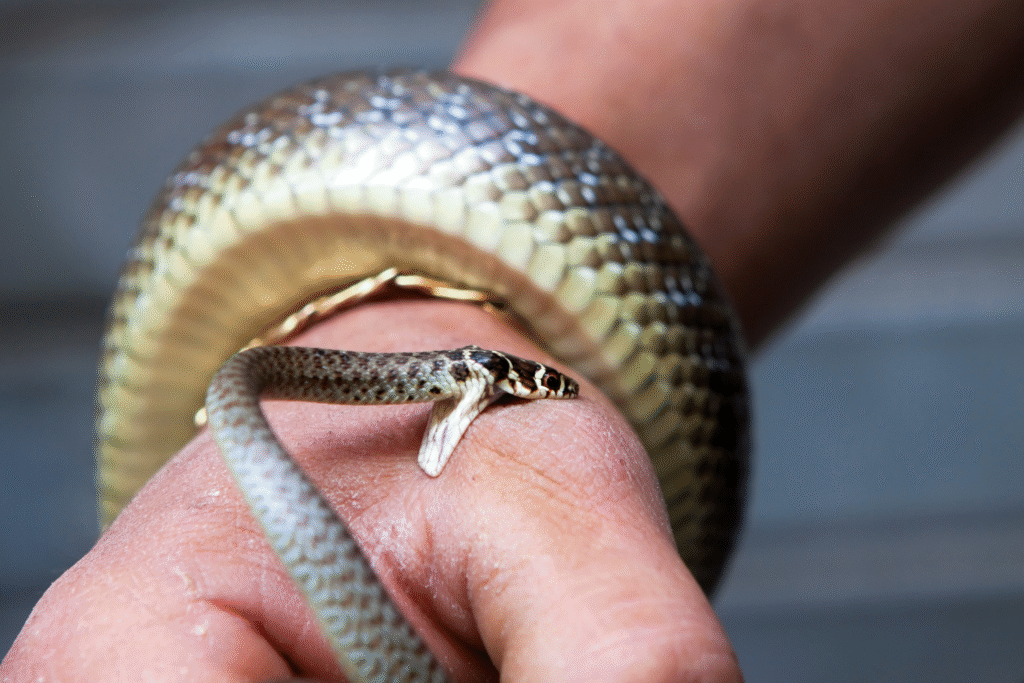
Statistically, people who try to kill or handle snakes suffer bites far more frequently than those who simply back away and leave the animal alone. According to research published by the University of Florida’s Department of Wildlife Ecology and Conservation, approximately 40 percent of venomous snakebites occur when people attempt to kill or capture the snake rather than avoiding it. Snakes typically flee from humans when given the opportunity, but cornered or threatened individuals defend themselves with the only weapon they possess. That moment when you decide to grab a garden tool and approach the snake transforms a zero-risk situation into a medical emergency waiting to happen. Even non-venomous species can deliver painful bites that become infected, requiring medical attention that could have been entirely avoided through simple avoidance.
2. Snakes consume rodents that damage property and spread disease.
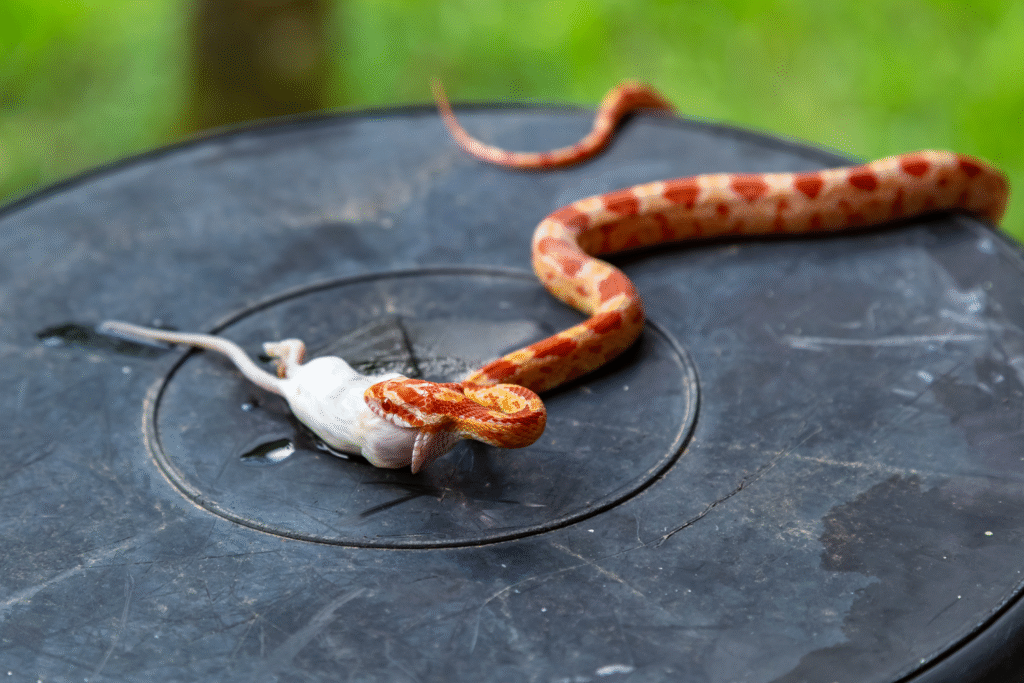
A single rat snake can eliminate dozens of mice, rats, and other rodents throughout a season, providing pest control services that would otherwise require expensive professional intervention or toxic chemicals. Rodents chew through electrical wiring, contaminate stored food, damage insulation, and carry diseases like hantavirus and leptospirosis that pose serious health threats to humans and pets. Removing snakes from your property essentially rolls out a welcome mat for rodent populations that reproduce rapidly and cause far more actual damage than any snake ever could, as reported by the National Pest Management Association in their ecosystem services assessment. That garter snake you’re tempted to kill might be the only thing standing between you and a mouse infestation in your walls. Properties with healthy snake populations typically experience fewer rodent problems because these efficient predators work continuously without requiring bait stations or traps.
3. Many harmless species resemble venomous ones superficially but pose no threat.
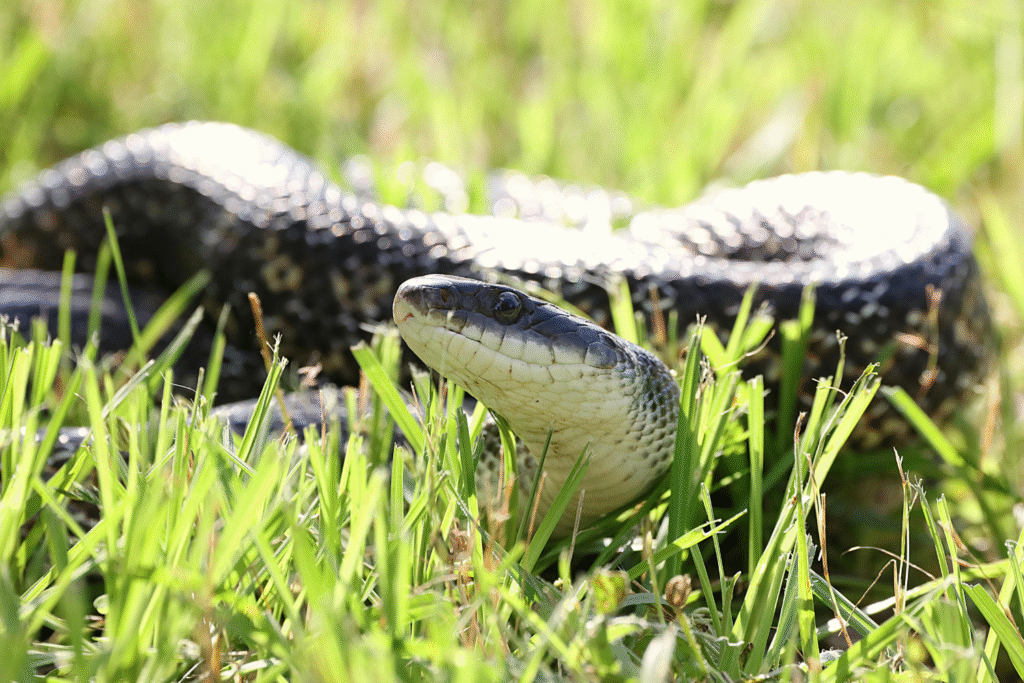
Misidentification leads to countless unnecessary snake deaths as people kill harmless species mistaken for dangerous ones based on superficial similarities in color or pattern. According to herpetologists at the Savannah River Ecology Laboratory, non-venomous water snakes are frequently killed because people confuse them with venomous cottonmouths, despite significant differences visible to trained observers. Scarlet kingsnakes share red, yellow, and black banding with coral snakes but pose zero danger to humans, yet die regularly because frightened homeowners can’t distinguish between them. Developing identification skills takes minimal effort but saves lives, both human and reptilian, by preventing dangerous encounters with actual venomous species while sparing beneficial ones. Even among truly venomous species, most prefer retreat over confrontation and will only bite when escape routes are blocked.
4. Legal protections exist for many snake species nationwide.
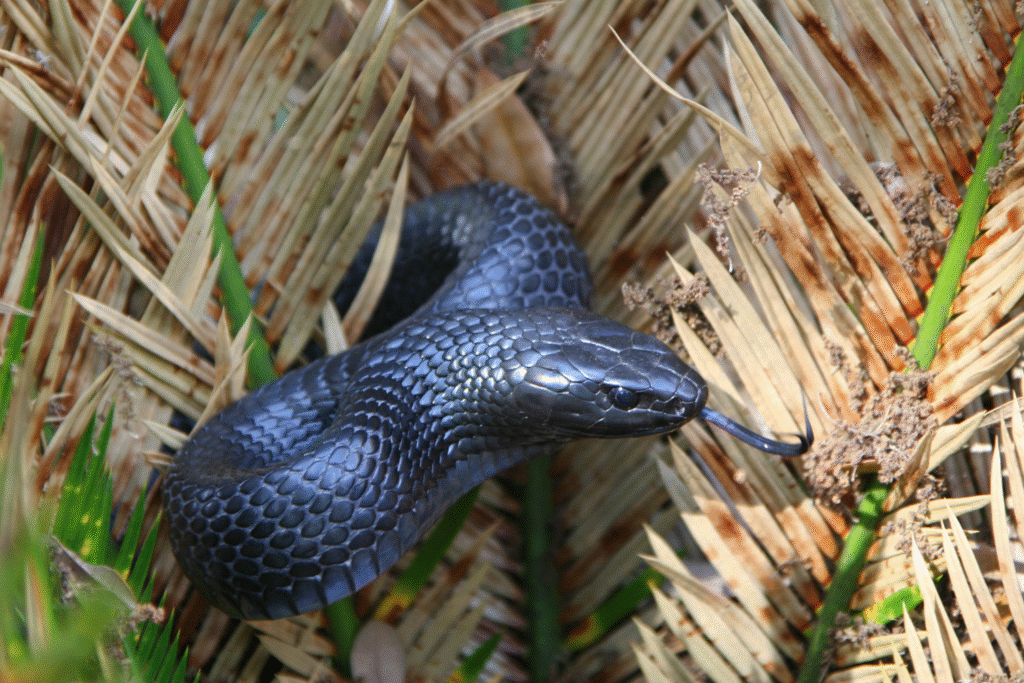
State and federal laws protect numerous snake species, making killing them not just ecologically harmful but potentially illegal with fines reaching thousands of dollars. Eastern indigo snakes, for instance, enjoy federal protection under the Endangered Species Act, and harming one carries severe penalties regardless of whether the act was intentional or resulted from misidentification. Many states prohibit killing any snake species on public lands, and some extend protections to private property as well. Timber rattlesnakes, once common throughout eastern forests, now face population declines that have triggered protective legislation in multiple states. Before you reach for that shovel, consider whether the momentary satisfaction of killing a snake is worth potential legal consequences that could include criminal charges, substantial fines, and a permanent record.
5. Ecosystem balance depends on predators controlling prey populations effectively.
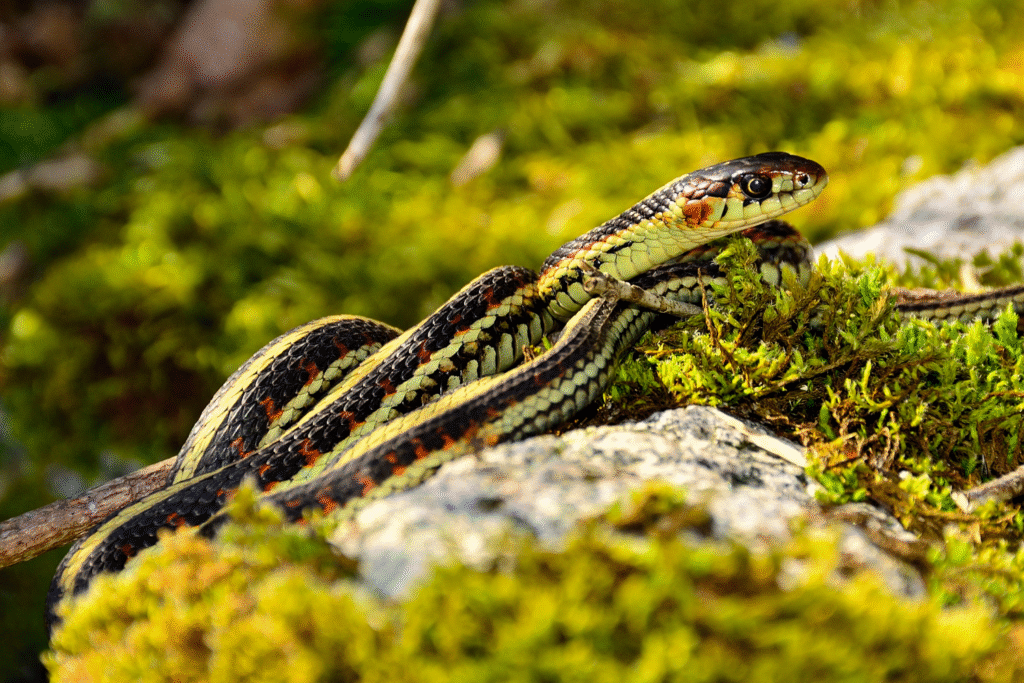
Snakes occupy crucial positions in food webs, connecting energy flow between different trophic levels and preventing any single species from dominating ecosystems. Removing these predators creates cascading effects that ripple through entire biological communities, often in unexpected and detrimental ways. Amphibian populations, already stressed by habitat loss and disease, face additional pressure when snake predation disappears and allows certain predatory insects to flourish unchecked. Gardens benefit from snake presence through reduced slug and insect populations that damage plants, making these reptiles allies rather than enemies of anyone trying to grow vegetables or ornamentals. Healthy ecosystems require diversity, and eliminating predators based on irrational fears degrades the biological richness that makes properties resilient against pests and environmental stresses.
6. Children learn harmful attitudes when adults model fear responses.
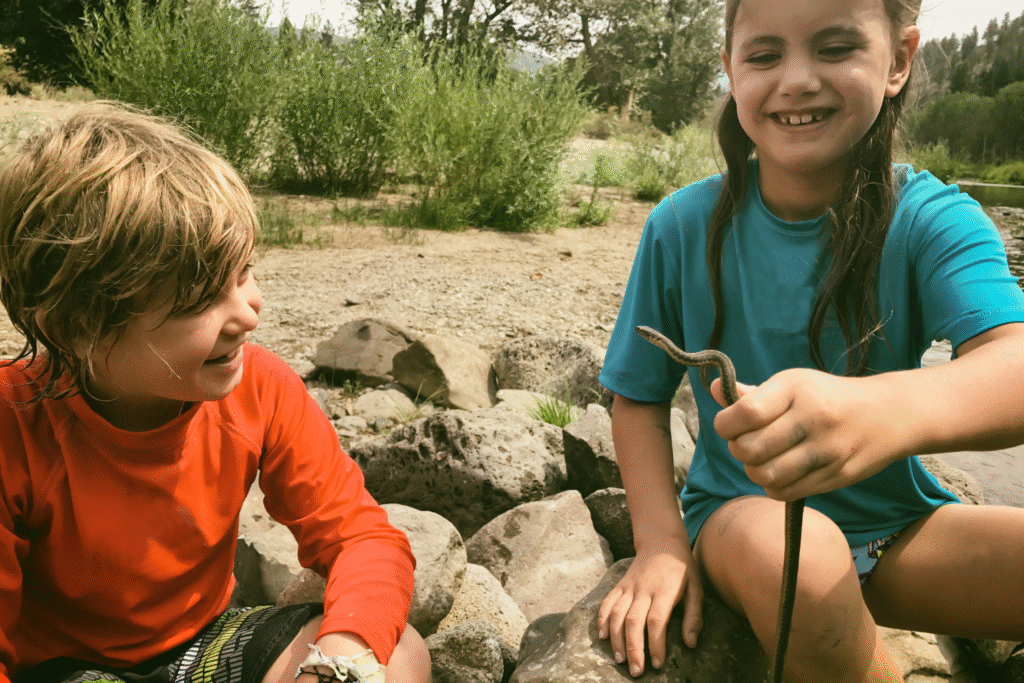
Kids naturally find snakes fascinating until they observe adults reacting with panic and violence, teaching them that fear and aggression represent appropriate responses to wildlife encounters. This learned behavior perpetuates across generations, ensuring that snake persecution continues long after scientific understanding should have replaced superstition. Teaching children to observe snakes from a respectful distance instills appreciation for biodiversity while maintaining appropriate safety boundaries. Young people who learn to identify local species, understand their ecological roles, and respond calmly during encounters develop environmental literacy that serves them throughout life. The alternative, modeling hysterical fear and immediate violence, creates adults who view nature as threatening rather than fascinating.
7. Venomous species provide irreplaceable medical research and treatments.
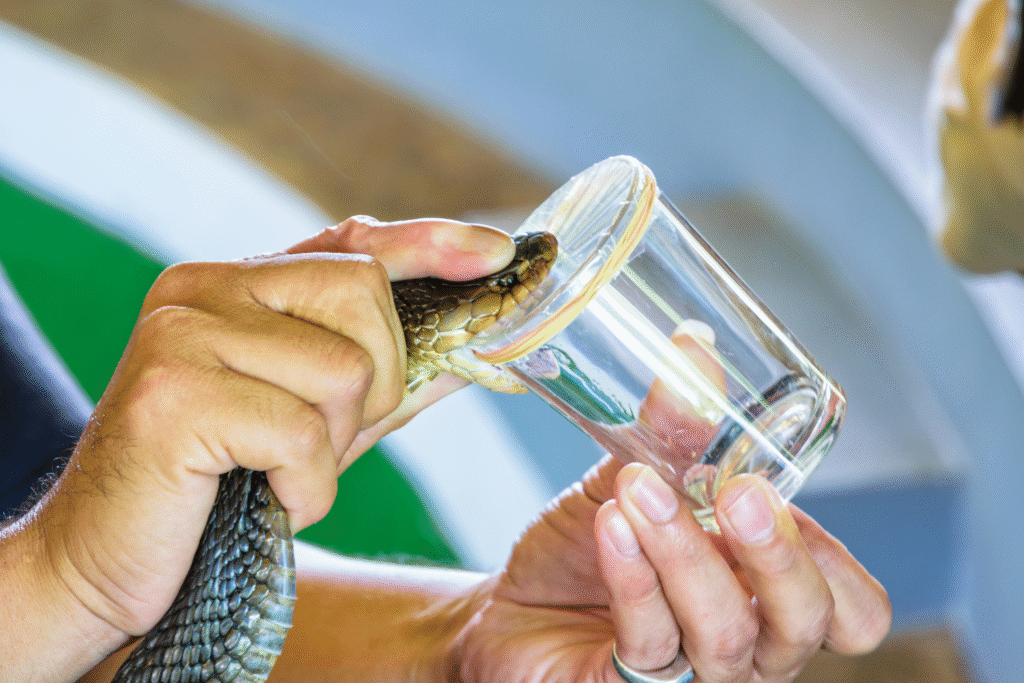
Snake venom has contributed to numerous pharmaceutical breakthroughs, including medications for high blood pressure, heart disease, and diabetes that have saved millions of human lives. Captopril, one of the most widely prescribed blood pressure medications, was developed by studying compounds found in Brazilian pit viper venom. Researchers continue exploring venom components for potential treatments addressing conditions from chronic pain to cancer, making every snake species a potential source of future medical advances. Killing snakes eliminates genetic diversity that might hold keys to solving currently untreatable conditions. The snake you destroy could possess unique venom properties that, properly studied, might have led to therapies benefiting your own family members someday.
8. Relocation services handle removals safely for everyone involved.

Professional wildlife removal experts possess the training, equipment, and knowledge to safely capture and relocate snakes without harm to humans or animals. These services typically cost less than emergency room visits for snakebites, making professional intervention far more economical than amateur removal attempts. Many areas offer free snake identification and removal assistance through natural resource agencies, herpetological societies, or volunteer networks of experienced handlers. A single phone call can summon someone who regularly works with snakes and understands species-specific behavior patterns that inform safe capture techniques. Attempting removal yourself risks injury while potentially violating laws, whereas professionals navigate both safety and legal considerations routinely.
9. Garden biodiversity increases when predator populations remain stable and healthy.
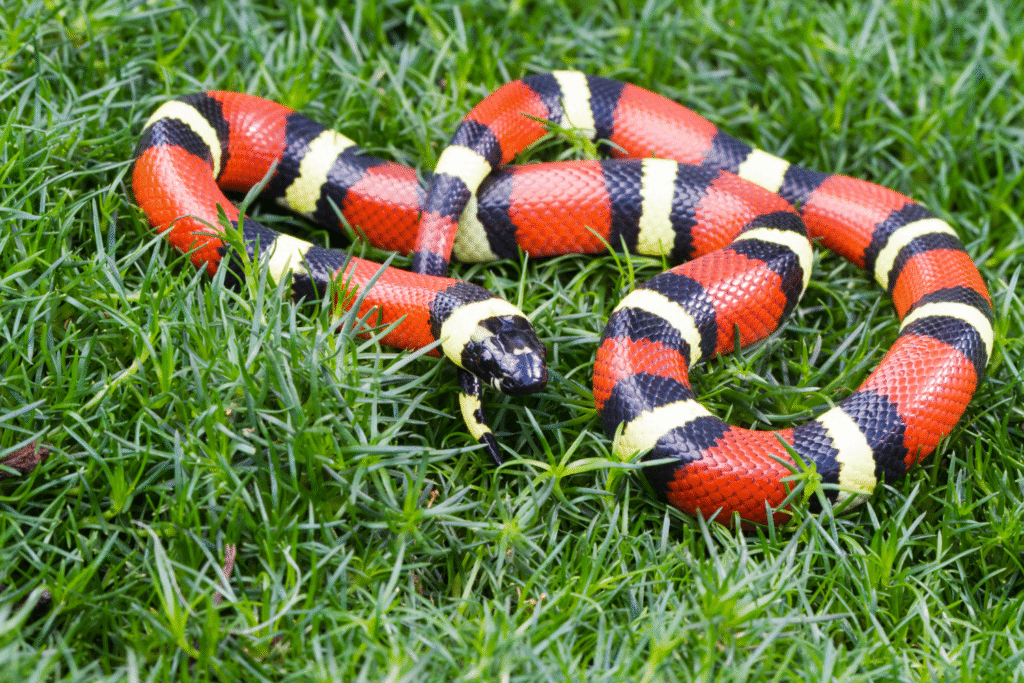
Properties that maintain snake populations tend to support richer assemblages of birds, beneficial insects, and other wildlife that create vibrant, balanced ecosystems. Birds feel safer nesting in areas where ground predators like cats and opossums face competition from snakes, leading to increased avian diversity and the insect control services birds provide. Lizards, frogs, and salamanders adjust their behavior based on snake presence, creating complex predator-prey dynamics that prevent any single species from overwhelming others. These interactions produce emergent properties where the whole ecosystem functions more effectively than the sum of its parts. Removing snakes simplifies these relationships, often triggering unexpected consequences like pest outbreaks or invasive species establishment.
10. Snake behavior becomes predictable once you understand their motivations.

These reptiles follow straightforward patterns driven by thermoregulation, food acquisition, and reproduction rather than malicious intent or territorial aggression toward humans. Snakes bask in sunny spots during cool weather, seeking warmth they cannot generate internally, and retreat to shade or underground when temperatures climb too high. They appear near homes because rodent populations concentrate around human structures, not because buildings themselves attract them. Understanding these basic drives allows predicting where and when snake encounters might occur, enabling simple preventative measures like removing debris piles, sealing foundation gaps, and controlling rodent populations. Knowledge replaces fear when you realize that snake presence indicates successful rodent control rather than representing an independent threat.
11. Alternative deterrents work better than lethal control methods anyway.
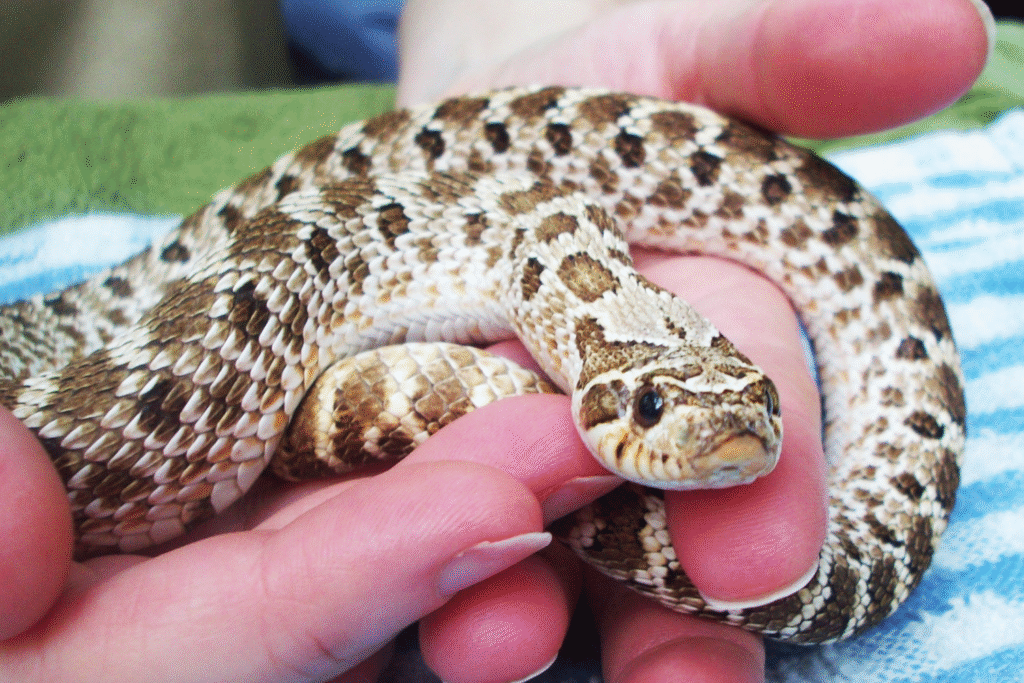
Habitat modification proves far more effective than killing individual snakes because it addresses why snakes find your property attractive rather than simply removing visible specimens. Eliminating brush piles, tall grass, lumber stacks, and other cover reduces snake habitat while removing rodent attractants like accessible food sources, open garbage, and standing water discourages prey species that draw snakes. Installing snake-proof fencing around specific areas like gardens or play spaces provides targeted protection without requiring property-wide modifications. Sonic devices and chemical repellents rarely work as advertised, but physical barriers and habitat management succeed reliably. Killing one snake simply opens territory for another individual to occupy, whereas making your property less suitable for snakes produces lasting results that don’t require ongoing lethal control.Retry
